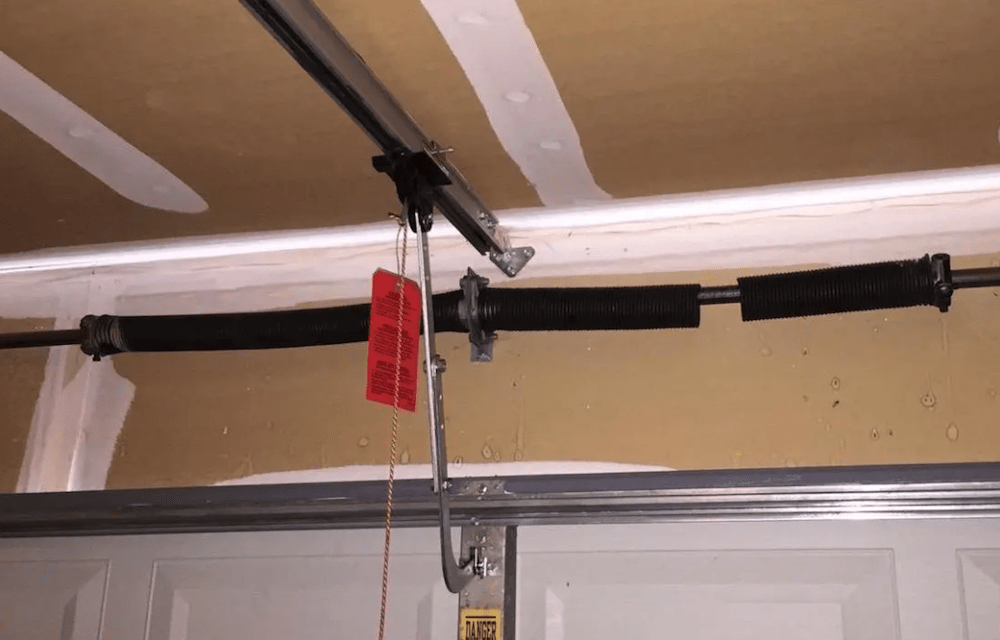A well-functioning garage door is often taken for granted, but when the spring breaks, you find yourself in a challenging situation. In this article, we will address the common problem of a broken garage door spring and guide you on “How To Close a Garage Door With a Broken Spring.” We’ll explore the risks, temporary solutions, and the importance of professional repair.

Understanding the Garage Door Spring
Before we discuss how to deal with a broken spring, it’s essential to understand the role of a garage door spring in the overall functionality of the door.
Types of Garage Door Springs:
There are two main types of garage door springs:
- Torsion Springs: These are located horizontally above the door. When the door is closed, the spring stores energy, and when opened, it releases that energy to help lift the door.
- Extension Springs: These are installed vertically on either side of the door and stretch to assist in lifting the door.
Both types of springs serve the same purpose: counterbalancing the weight of the garage door to make it easy to open and close.
The Risks of a Broken Garage Door Spring
A broken garage door spring can cause several issues and potential risks:
- Difficulty Operating the Door: The garage door may become extremely heavy and difficult to open manually.
- Damage to the Opener: Attempting to operate the garage door with a broken spring can damage the garage door opener.
- Safety Concerns: A malfunctioning garage door can pose a safety hazard to anyone using it, especially children.
How to Close a Garage Door With a Broken Spring
If you find yourself with a broken garage door spring and need to close the door, follow these steps carefully:
1. Ensure Safety:
- Before attempting any action, ensure that no one is near or under the door. Safety should be your top priority.
2. Disconnect the Opener:
- If you have an automatic garage door opener, disconnect it from the door. This prevents the opener from trying to lift the heavy door, which could cause further damage.
3. Lift the Door Manually:
- With the help of another person, carefully lift the garage door manually. Lift from the bottom, using both hands and ensuring an even distribution of weight. Be prepared for the door to be much heavier than usual.
4. Secure the Door:
- Once the door is closed, you’ll need to secure it in place to prevent accidental opening. Use locking pliers or a C-clamp to hold the door in the down position.
The Importance of Professional Repair
While temporarily closing the garage door with a broken spring is possible, it’s crucial to understand that this is not a long-term solution. A garage door with a broken spring should be repaired by a professional as soon as possible for the following reasons:
- Safety: Attempting to repair or replace a garage door spring without the necessary knowledge and tools can be dangerous. Professionals are trained to handle these components safely.
- Proper Repair: Garage door springs have specific specifications that must be followed for proper function. Professional repair ensures that the door is fixed correctly.
- Preventing Further Damage: A broken spring can lead to additional damage if not repaired promptly. Addressing the issue early can save you from more extensive and costly repairs in the future.
Conclusion:
A broken garage door spring is an inconvenience that can be managed temporarily by manually closing the door. However, this is not a permanent solution. To ensure the continued safety and functionality of your garage door, it’s crucial to seek professional repair as soon as possible. Attempting to repair a broken spring yourself can lead to accidents and further damage, so it’s best to leave this task to the experts.



Leave a Reply